Our history

The beginning
From the many records available on this historical period and on the old vinegar production recipes, we shall focus on the traditional vinegar recipe of the House of the Dukes of Este that was created by Cristoforo Messisburgo, who had a great passion for coking and created many famous recipes, as for example the recipe of ravioli, and he received the title of count for his culinary credits by the emperor Charles V. Initially, in the House of the Dukes of Este, at the time was under Alphons I, vinegar was mainly produced by acetifying the grape must of the red grape varietals known as “Uva d’oro” (golden grapes) from the Este family estates. The same grapes also served to produce a wine called “Vin di Bosco”. In the early 1550’s, Cristoforo Messisburgo, Master of Ceremonies at the Court of the Dukes of Este, regularly used different varieties of vinegar as seasoning for the food served at the ducal court banquets and to enhance the best recipes. He was the inventor of the Aceto Sopraffino, as he called it, used as seasoning or dressing for special dinners and as a “preserving agent” especially during the hottest seasons of the year. It is historically proved that in the 16th century, the vinegar cellars, known as the “acetaie” of the Court of Ferrara, produced vinegars for different gastronomic uses by blending vinegar with raw must. The “acetaia” of the Ducal House of Este consisted in barrels that at first were filled with red wine or red grapes must, this latter one dedicated to the production of the Sopraffino vinegar (according to the inventories stored in the ducal chambers of the city of Modena State Archives).
1550
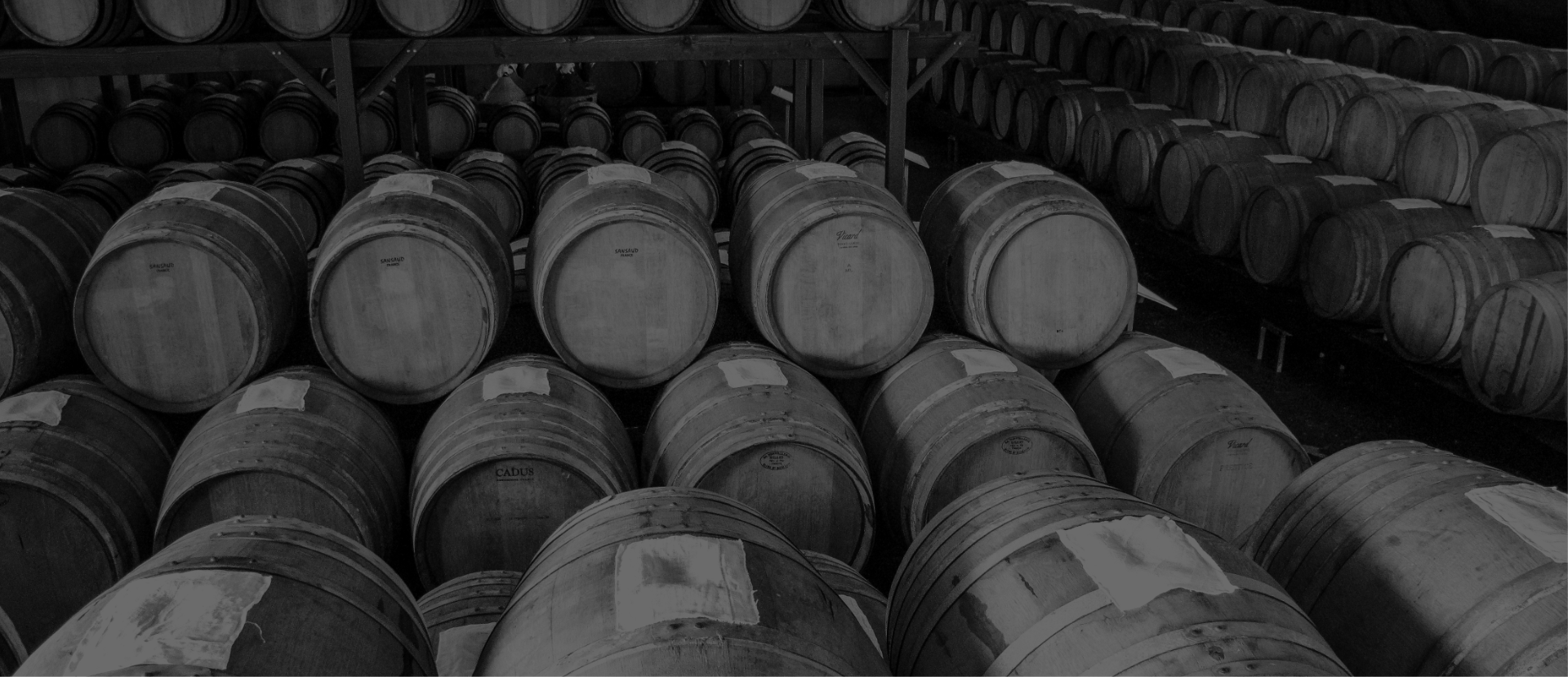
The storage
It’s important to remember that the vinegar became very important during the first part of the 17th century as it was widely used among the few medicaments against the plague. Unlike the other “acetaie” in the dukedom at the time, the vinegar cellars of the House of Este continued production of the vinegar according to their own long-standing traditions. Initially the vinegars were stored in special attic chambers in the castle garrets in Ferrara. When the court was subsequently forced to retreat to Modena, the vinegars were then stored in the garrets of the castle’s southern keep. This type of location exposed the vinegars to temperature differences and excursions due to seasonal changes and resulted in a natural reduction of the vinegars, which improved their natural aroma. Aceto Sopraffino features a dynamic refinement process that is closely related to natural thermal excursions typical of the ancient garrets chosen for the purpose.
1600

The Napoleonic occupation
From the 16th century onwards, the “acetaie” of the House of Este produced vinegar for use by the Court kitchens without interruptions, up until the Napoleonic occupation when, in 1796, Duke Hercules Rinaldo III was forced to leave Modena. A good portion of the acetaie were dismembered and probably put up for sale by the Duke himself in order to pay for the upkeep of his army, fighting against the French. The court vinegaring facilities nevertheless continued working throughout the occupation and vinegar production in the Modena palace did not come to a complete stop.
1796

The restoration
Francis IV of the House of Austria-Este, who became Duke of Modena after the restoration of the Duchy of Este by the Congress of Vienna, was a great admirer of the Sopraffino vinegar and had the acetaie restored back to their original dimensions. He commissioned the battery of barrels for his acetaie to the Prandini family who were renown master artisan barrel-makers of the time.
1816
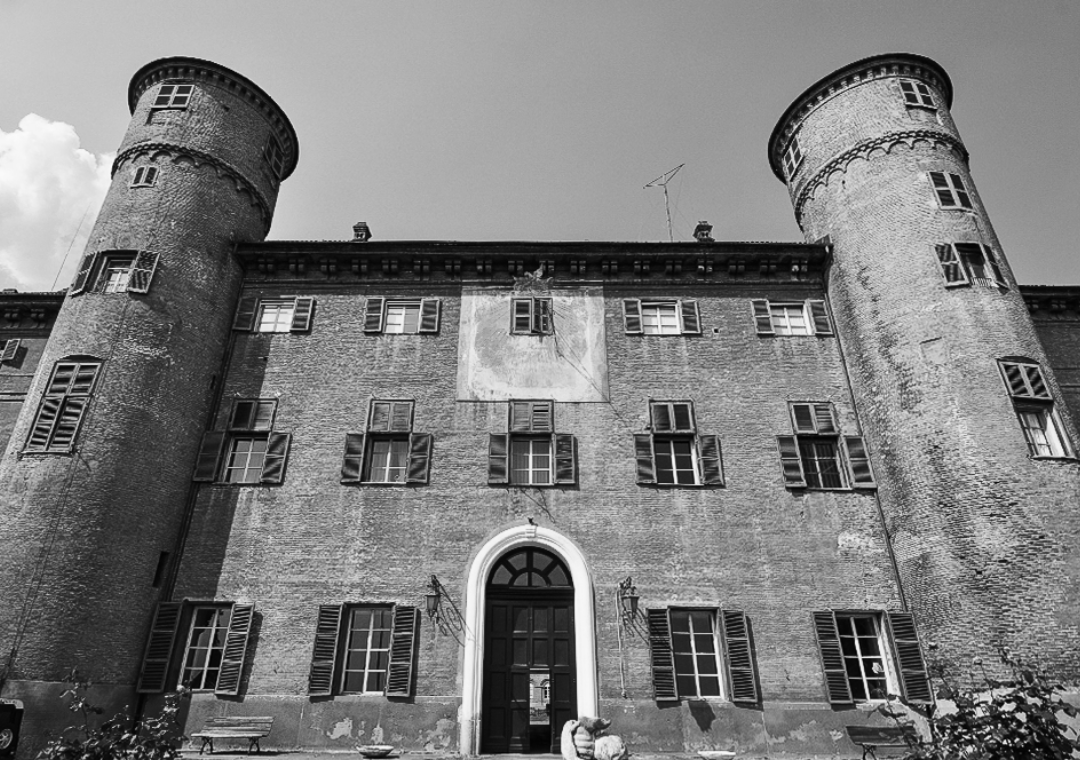
The unification
With the arrival of the Savoy armies in 1859 and the subsequent annexation of the Duchy to the Reign of Italy, Francis V abandoned Modena. By order of Victor Emmanuel II of Italy, the acetaie were transferred by the Savoy family to their castle in Moncalieri. In time, they dwindled to a stop as the staff of the Savoy court had neither the culture nor the traditions to keep them going.
1859
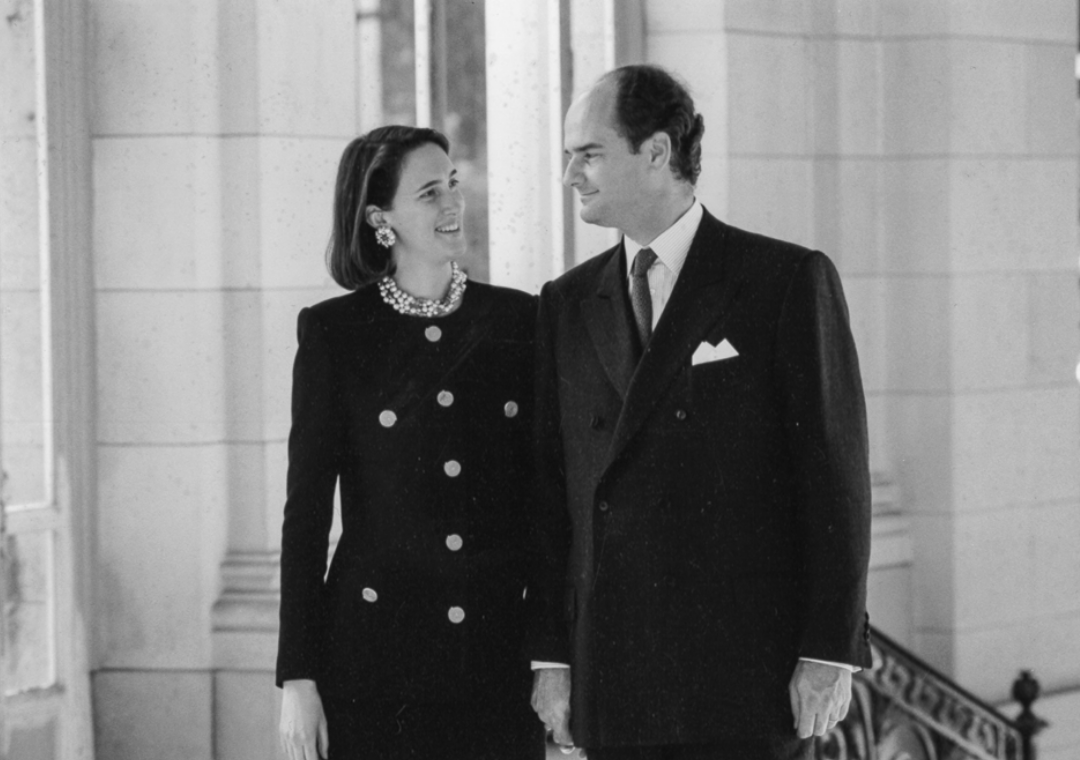
The reconstruction
Studies on the production of the Aceto Sopraffino according to the traditional method of the House of the Dukes of Este were resumed in 1994 per resolution by the count Andrea Czarnocki Lucheschi. To accomplish the task, various strains of vinegar bacteria were patiently selecetd to have them grown and reproduced over the years in order to create the estate solera. Per resolution by the Count himself, by his wife Isabella, Archduchess of Austria-Este, and by the current Duke of the House of Este, plans for the reconstruction of the “acetaie” vinegar cellars for the production of the Aceto Sopraffino were initiated in year 2000. To uphold traditions in the best possible way, the barrels were once again commissioned from the Prandini family, descendants of the renown master artisan barrel and cask-makers that at the time had also supplied Francis V with his casks. Naturally they were commissioned with the request that they were made identically to those of the times.
1994
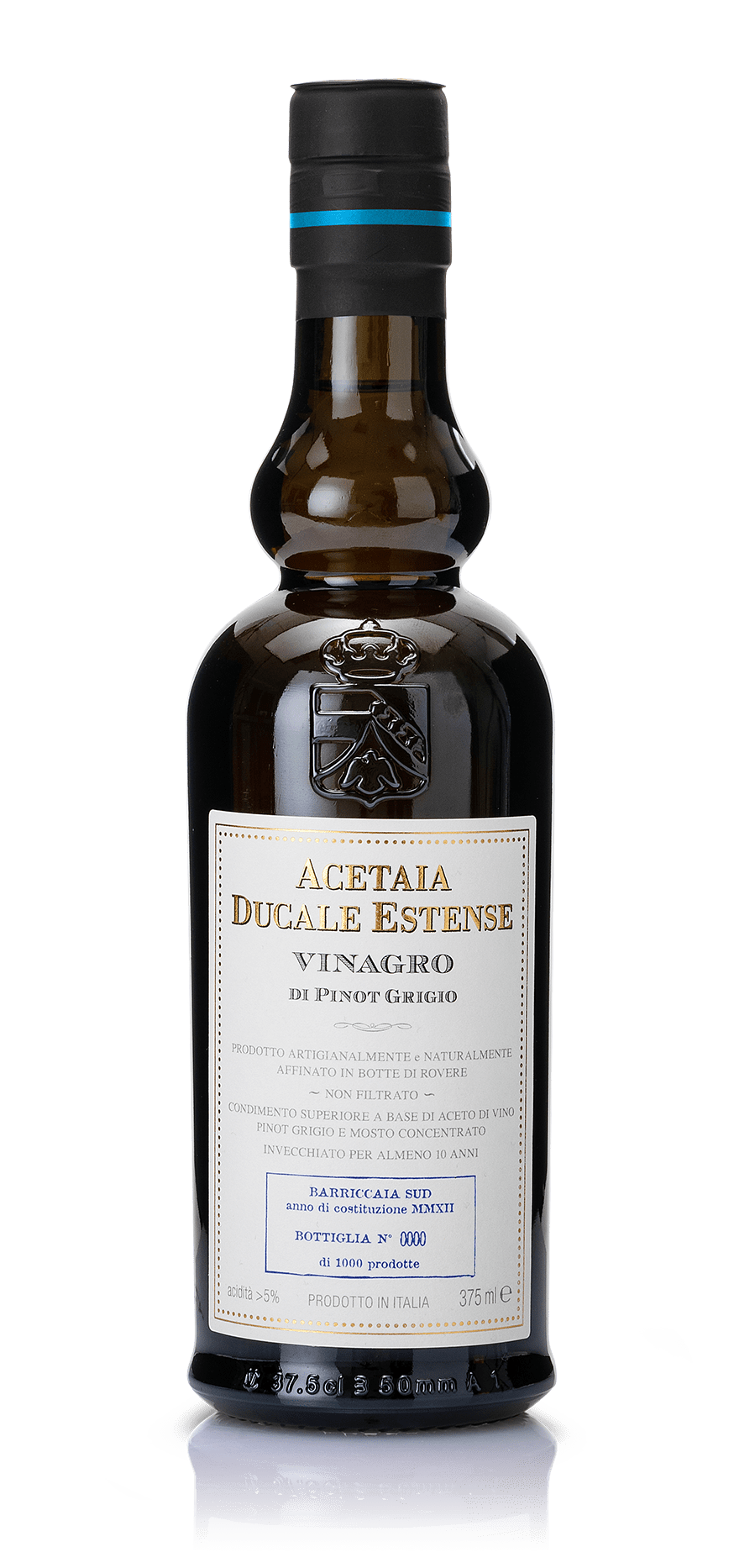
Il Vinagro
In 2008, recognising that the marked required particular seasonings, Acetaia Ducale Estense started producing vinegars made of red wine of Cabernet Sauvignon and vinegar made of white wine out of Pinot Grigio. Those vinegars are used to produce a dressing with the esclusive Solera methode from the Estate and are recognised by their name VINAGRO. Thanks to our expertise acquired over the various studies as well as our incliantion to innovation research, guided by our trusted clients, we have created the range VINAGRO, sweet and sour dressings able to amplify the vinegar use in the cuisine, ensuring new and surprising pairings. Afterwards the gamma was amplified by creating the Gran Cuvée, a middle ground between Vinagro and Sopraffino to meet Chefs requests.
2008

Family tree of the Ducal House of Este from the 16th century:
Alphons I (1476-1534) who nominated Cristoforo Messisburgo as Master of Ceremonies at his court Ercole II (1508-1559)
Alphons II (1533-1597)
Caesar (1533-1628)
Alphons III (1591-1644)
Francis I (1610-1658)
Alphons IV (1634-1662)
Francis II (1660-1694)
Rinaldo (1653-1737)
Francis III (1698-1780)
Ercole III (1780-1803) deposed by the French in 1796
Austrian House of Este
Francis IV (1814-1846)
Francis V (1846-1875) annexation to the Kingdom of Italy in 1859
Franz Ferdinand (1863 -1914) assasinated in Sarajevo
Charles I (1887-1922)
Robert (1915-1996)
Lorenz (1955); his sister Isabella (1963) married Andrea Czarnocki Lucheschi
Uniqueness and historicity
The peculiar characteristics of our condiments

All our vinegars and condiments come solely from grapes cultivated in our family vineyards. Very few vinegar cellars can boast such a complete chain.
Our vineyards are especially dedicated to the yield of grapes suitable for the production of DOC wines.

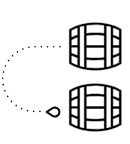
They are produced by both the passive solera system (Vinagro range) and by the active solera system (Gran Cuvée, Sopraffino and Sopraffino Riserva).
The Acetaia Ducale Estense is the only cellar that produces vinegars by the passive solera system, which s an exclusive estate system.

